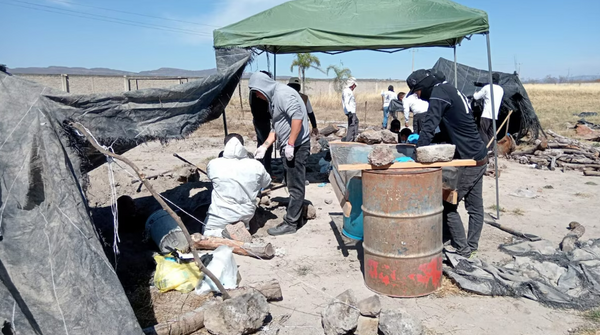Victoria's peak body for town planners says the state government must develop a statewide flood mapping system, warning planners were not being given enough information to reduce the impacts of climate change.
The Victorian division of the Planning Institute of Australia said existing information identifying flood-prone areas was "patchy and outdated", leaving new developments at risk of being built in areas vulnerable to riverine and coastal flooding.
The body's president, Gabby McMillan, said Victoria was seeing a "piecemeal" approach to flood risks, with the onus being placed on local governments to gather data or pay for modelling.
"Different councils will have a different capacity in terms of their resources to fund and implement studies," Ms McMillan said.
"Some councils have already done the work and have the technical information to underpin a change to the planning controls or put overlays in place, but there are other councils out there that can't do that.
"We need to have a consistent picture across the state of where the flood hazards are based on updated scientific data."
In Victoria's Bass Coast, a region defined by kilometres of unspoiled coastline, the local council in 2016 spent $200,000 to identify areas prone to inland and coastal flooding and introduce its own planning controls placing limits on development.
Three years later, it declared a climate change emergency.
Bass Coast Shire Council mayor Michael Whelan wants flood mapping to be managed as a state issue, and for environmentally sustainable design to be implemented as a planning amendment.
"Our projection for 2036 is we'll require another 10,000 accommodation units. For us that's really big," Mr Whelan said.
"We want to make sure that people are protected going forward, that they've got accommodation that's really fit for purpose.
"We don't want to see people going into vulnerable areas, it's the same thing as avoiding building in bushfire-prone areas."
The Planning Institute of Australia said 2009's devastating Black Saturday bushfires were an example of the government responding to environmental hazards, with the development of bushfire hazard modelling, a Bushfire Management Overlay, and changes to how Victoria's planning and building systems interact.
"The state led the mapping of bushfire hazards, and what was an acceptable risk," Ms McMillan said.
"A similar model, even if not straightforward, could be applied to flooding or other environmental hazards.
"We don't want a Lismore situation in Victoria, it's about planning for the future."
Calls for climate action, as Victoria is hit by floods
The calls for a comprehensive, state-wide dataset come amid several serious flooding events in Victoria.
This week, a 57-year-old woman died after being swept away by floodwaters in Traralgon in Victoria's south-east.
Meanwhile, residents of Venus Bay and Tarwin Lower in South Gippsland had their major access road cut off, with landslips and large potholes forming in the region due to the heavy rain.
Sustainable Australia MP Clifford Hayes this week introduced a bill into parliament calling on the government to integrate environment and climate change policy into Victorian planning schemes.
Anna Hurlimann, an associate professor of urban planning at Melbourne University, said the growing risks posed by climate change meant Victoria's planning system had to adapt and also target greenhouse emissions.
"If we don't do anything, it's going to cost society a lot. It's going to cost financially and possibly, people's lives," Dr Hurlimann said.
"Until we reduce emissions in our urban areas, we're going to have to keep adapting to worse and worse conditions."
A spokesperson from the Victorian government said local councils were responsible for updating flood mapping and controls in their planning schemes.
"Councils are best placed to make these decisions, in consultation with the relevant water authority – who can provide guidance around inundation patterns specific to their area," they said.
"We provide funding to support the preparation of some flood studies and the tools to help councils manage and respond to local flood risks."







